Complete Solutions to Exercises Single Correct of chapter ALIPHATIC AND AROMATIC ALDEHYDES AND KETONES of Class 12 book with complete answers and questions
| Class 12 | CHEMISTRY |
| Chapter | ALIPHATIC AND AROMATIC ALDEHYDES AND KETONES |
| CENGAGE CHEMISTRY | Exercises Single Correct |
| Number Of Questions | 71 |
| Academic Year | 2023-24 |
`underset((A))(MeCH)=O+underset((B))(H_(2)NOH) overset(HCOONa)underset(Delta)rarr (C )+H_(2)O` Product (C ) is:
04:09View Solution
Product (C ) is:04:34View Solution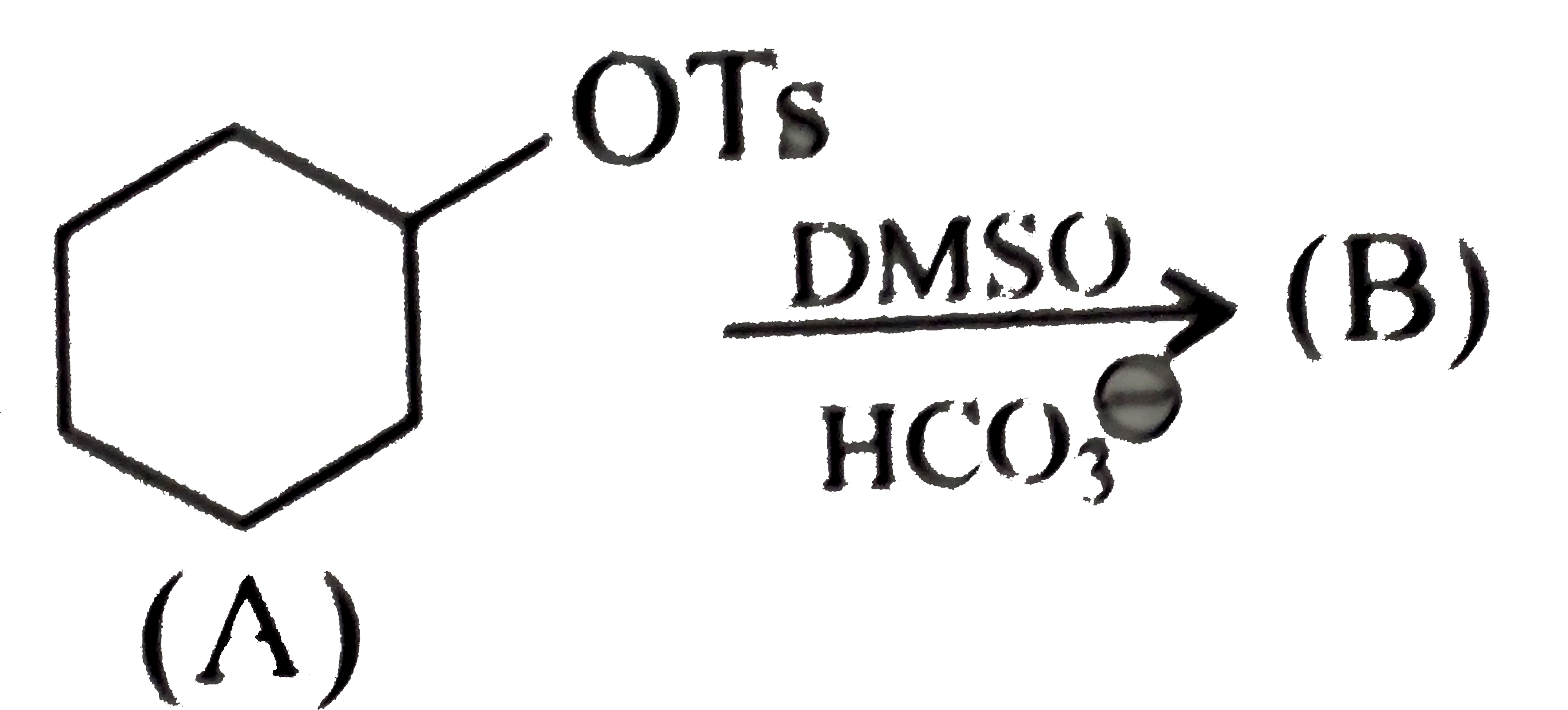
Prodect (B) is:03:17View Solution
Product (B) is:02:59View Solution
Product (C ) is:03:57View SolutionThe reagents used to convert
 02:40View Solution
02:40View SolutionWhich metal will readily reacts with Cold water?
a. Na
b. Mg
c. Au
d. Fe01:58View SolutionThe major product of the reaction is:
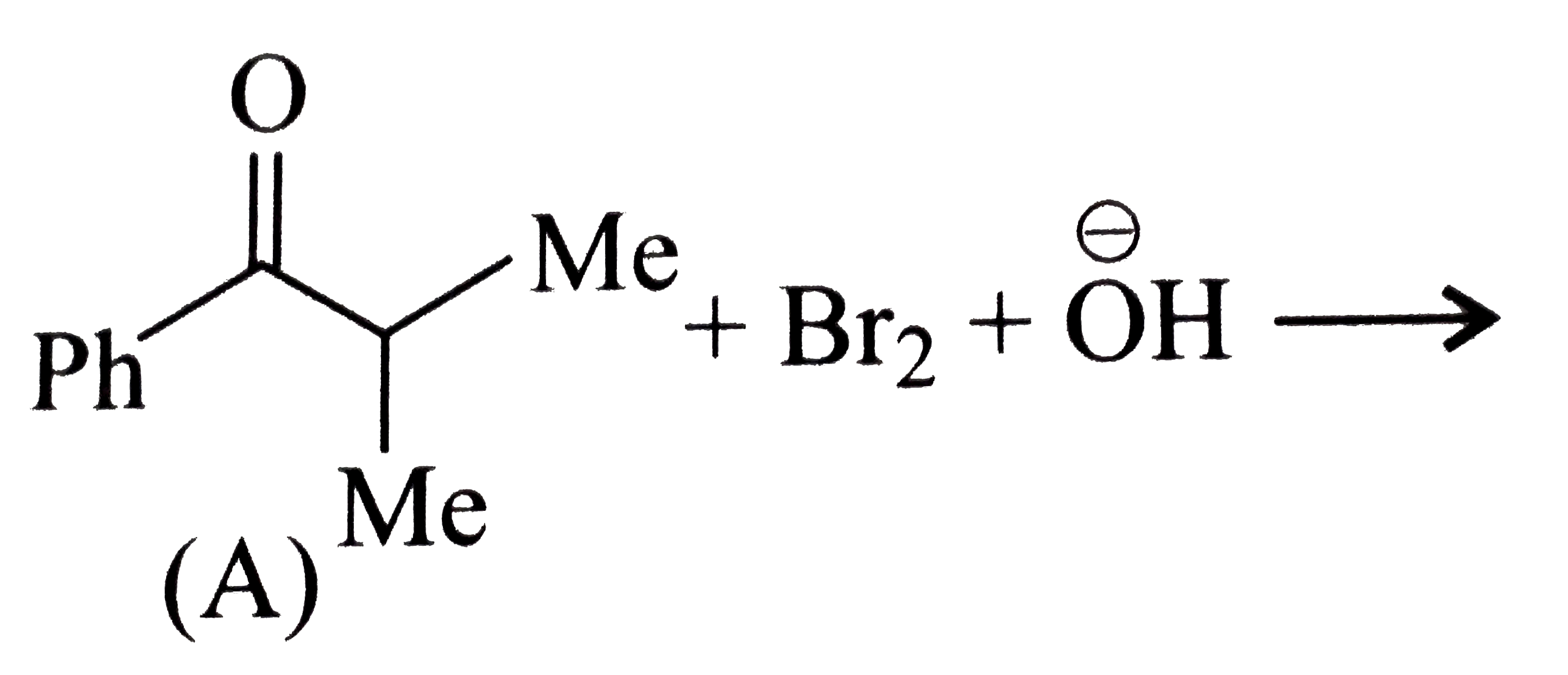 02:34View Solution
02:34View SolutionThe most suitable reagent for the conversion of
Propanol to Propanal is
a. KMnO4
b.K2Cr2O7
c.CrO3
d. PCC02:11View SolutionState two properties of 4th state of matter?
01:40View SolutionGive decreasing order of the following towards NA reaction.
I. II.
II. 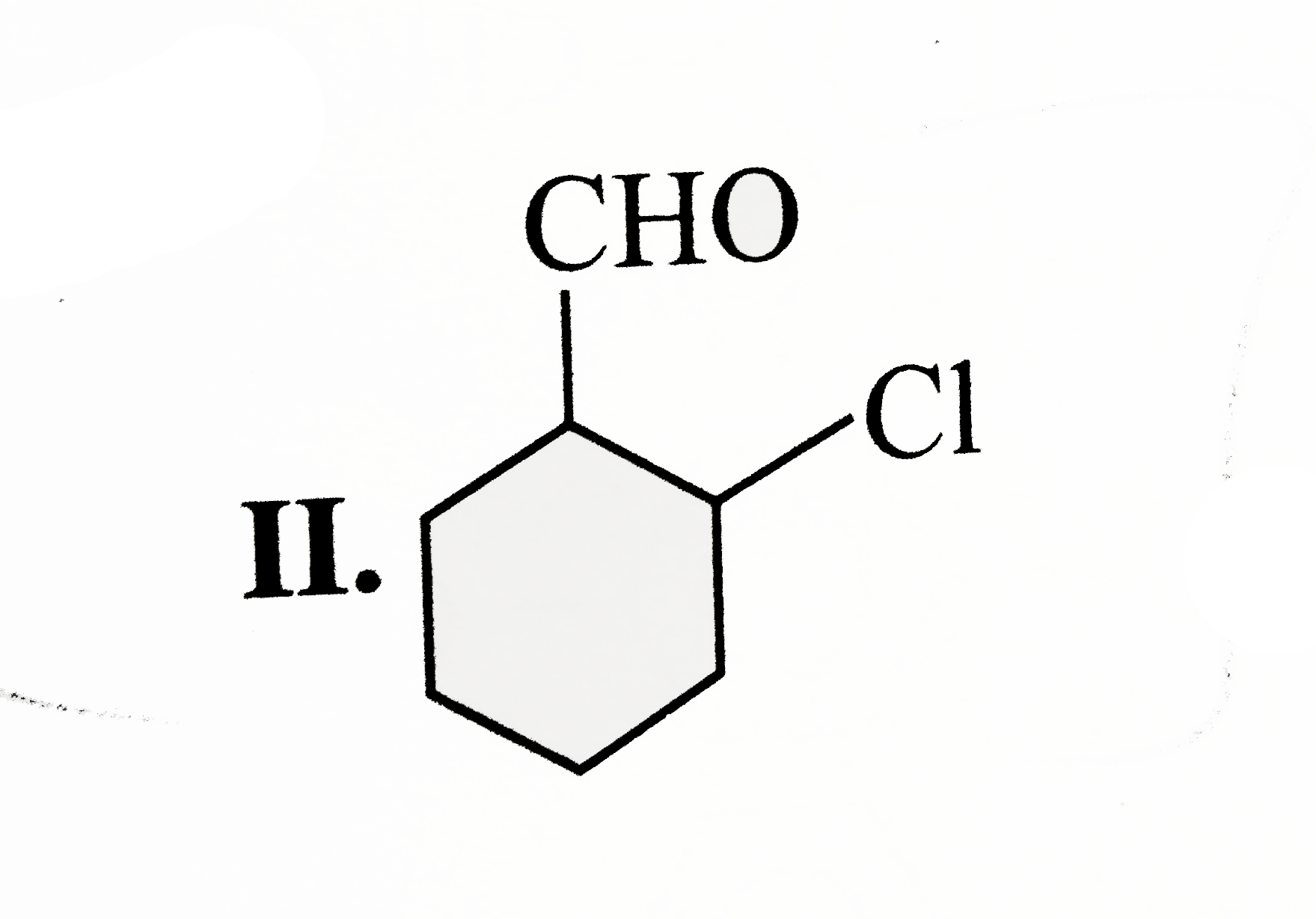
III.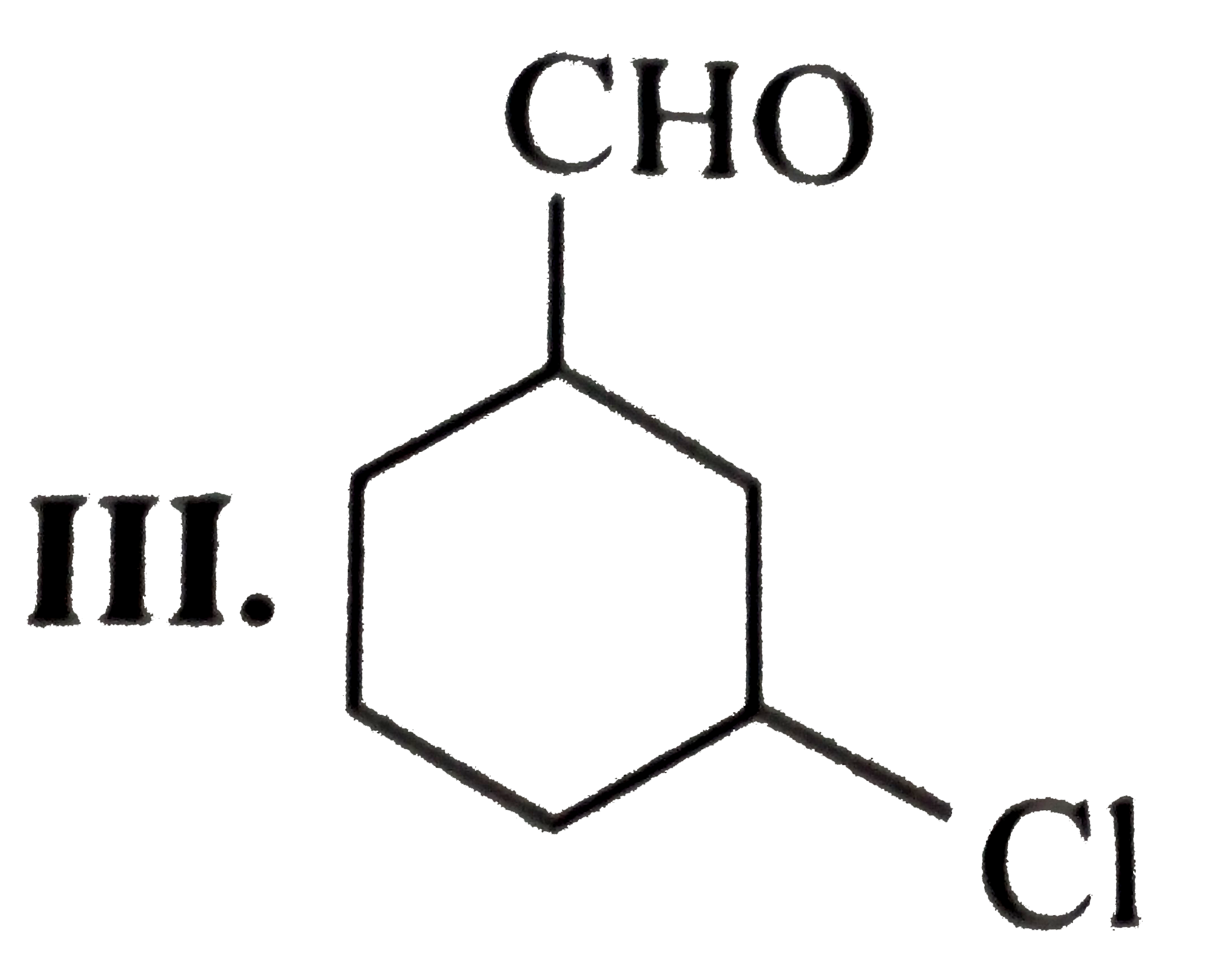 IV.
IV. 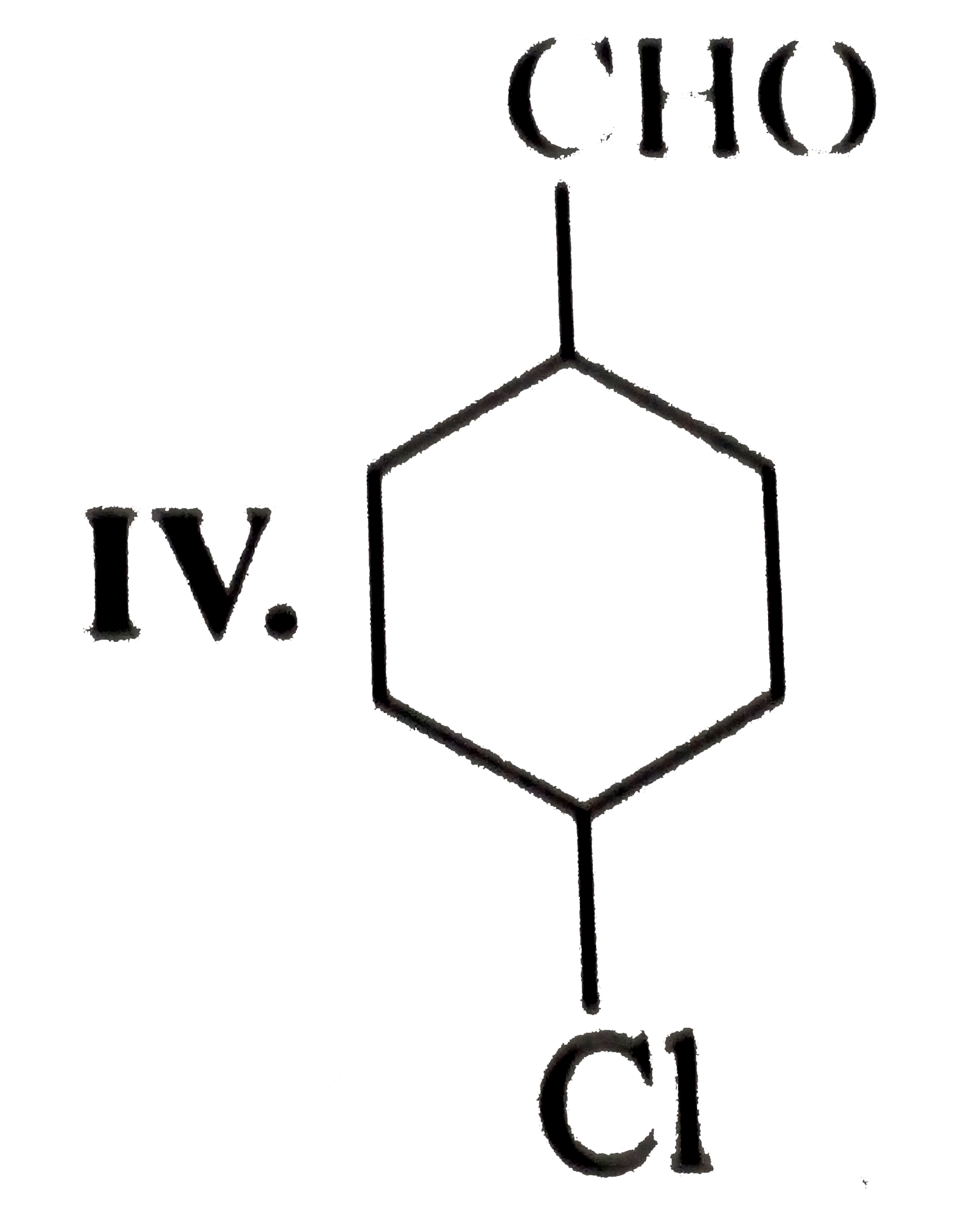 04:02View Solution
04:02View Solution `overset((i)Mg//ether(ii)PhCHO)underset((iii)H_(3)O^(+))rarr` Products 03:35View Solution
`overset((i)Mg//ether(ii)PhCHO)underset((iii)H_(3)O^(+))rarr` Products 03:35View SolutionWhen `CH_(3)CHO` is reacted in the presence of a base with excess of HCHO, which statement is true ?
03:30View SolutionHow will you distinguish the products proucts obtained by acidic hydroysis of
I. and II.
and II.  View Solution
View SolutionGive the decreasing order of hydrate formation of the following.
I. HCHO II. PhCHO
III. Chloral IV. Acetone04:53View SolutionKetone (A) `overset(NH_(2)OH.HCl)rarr` (B) `overset(H^(o+))rarr`

The ketone (A) and compound (B), respectively, are:
Ketone (A)
I.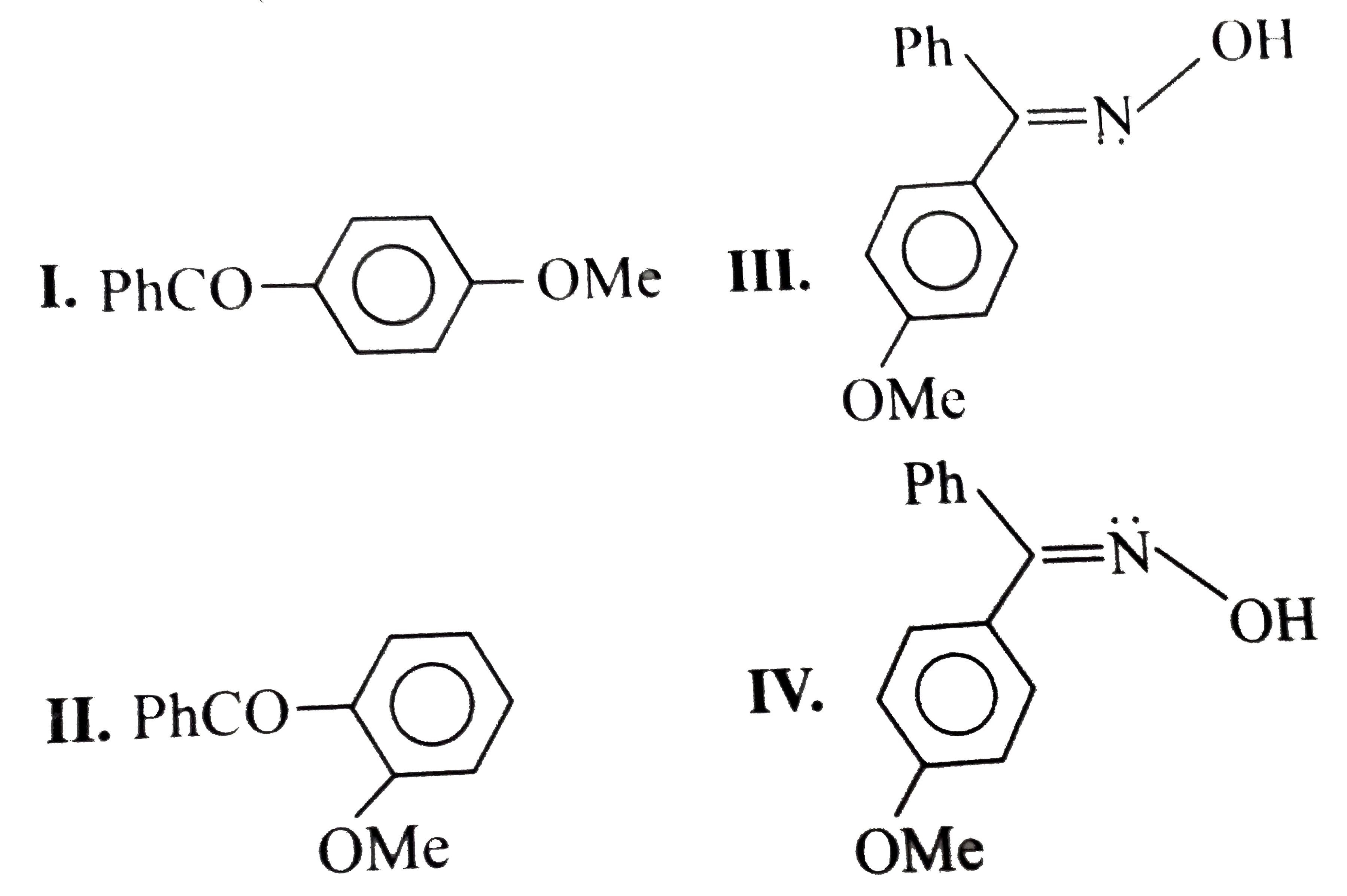
Compound (B)05:12View SolutionAldehyde (A) `overset(NH_(2)OH.HCl)rarr` (B) `overset(H^(o+))rarr Me NH_(2)+HCOOH`
Aldehyde (A) and compound (B), respectively are:
Aldehyde (A)
I. `MeCHO` II. `HCHO`
Compound (B)
III. 01:25View Solution
01:25View SolutionWhich oxime on acetylation followed by reaction with `Na_(2)CO_(3)` would give propane nitrile ?
04:52View Solution
Compounds (B) and (C ), respectively, are:03:52View SolutionState True or False.
Evolution of gas is not a characteristic of chemical reaction.01:56View Solution `Me - -=-H overset(NaNH_(2))underset(+liq.NH_(3))rarr` (C ) `overset(H_(3)O^(o+))rarr` (D)
`Me - -=-H overset(NaNH_(2))underset(+liq.NH_(3))rarr` (C ) `overset(H_(3)O^(o+))rarr` (D)
the final product (D) is:03:36View Solution Compound (B) is: 04:27View Solution
Compound (B) is: 04:27View Solution `overset("High conc. of base")rarr` ? + ?
`overset("High conc. of base")rarr` ? + ?
The products are:03:10View Solution
The products are:04:11View SolutionFor the Cannizzaro reaction in which of the following statements is true regarding order and molecularity of the reaction ?
05:08View SolutionFor the Cannizzaro reaction in which of the following statements is true regarding order and molecularity of the reaction ?
05:08View SolutionTwo moles of HCHO and 1 mol of PhCHO react with conc. NaOH. What are the produsts quantitatively?
02:50View SolutionTwo moles of HCHO and 1 mol of PhCHO react with conc. NaOH. What are the produsts quantitatively?
02:50View SolutionIdentify the following disproportionation reaction.
I. `2H-overset(D)overset(|)C=O+overset(Θ)(OH) rarr "Acid salt (A) + alcohol (B)"`
II. `2D-overset(D)overset(|)C=O+overset(Θ)(OH) rarr "Acid salt" (C )+ "alcohol (D)"`View SolutionAldehydes with `alpha-H` atom do not undergo disproportionation because:
03:21View SolutionIn Cannizzaro reaction, which of the following is a better hydride donor ?
 03:42View Solution
03:42View Solution`underset("donor")underset("Hydride")(RCHO) + underset("Acceptor")underset("Hydride")(R'CHO )rarr R-overset(O)overset(||)C-O^(Θ)+R'CH_(2)OH`
select the correct statement.03:29View SolutionIdentify the type of reaction (Exothermic/Endothermic)
Respiration
Evaporation of water02:17View Solution(A) undergoes Cannizzaro reaction. The products are:
View Solution`2(A)overset(OH^(o+))rarr` (B) + (C ).
A is
The product (C ) finds application in:02:33View SolutionHydrogen gas is not released when Zn is treated with dilute Nitric acid. Comment.
02:08View Solution
Which of the following sequence of reagents is correct in the conversion of (A) to (B) ?View SolutionWhich method is feasible for the prepration of compound (X) only ?
 View Solution
View Solution
The different reagents are given as:
`(U) = NH_(2)NH_(2)`, `(V) = H_(3)O^(+)`, `(W) = PC C`,
(X) =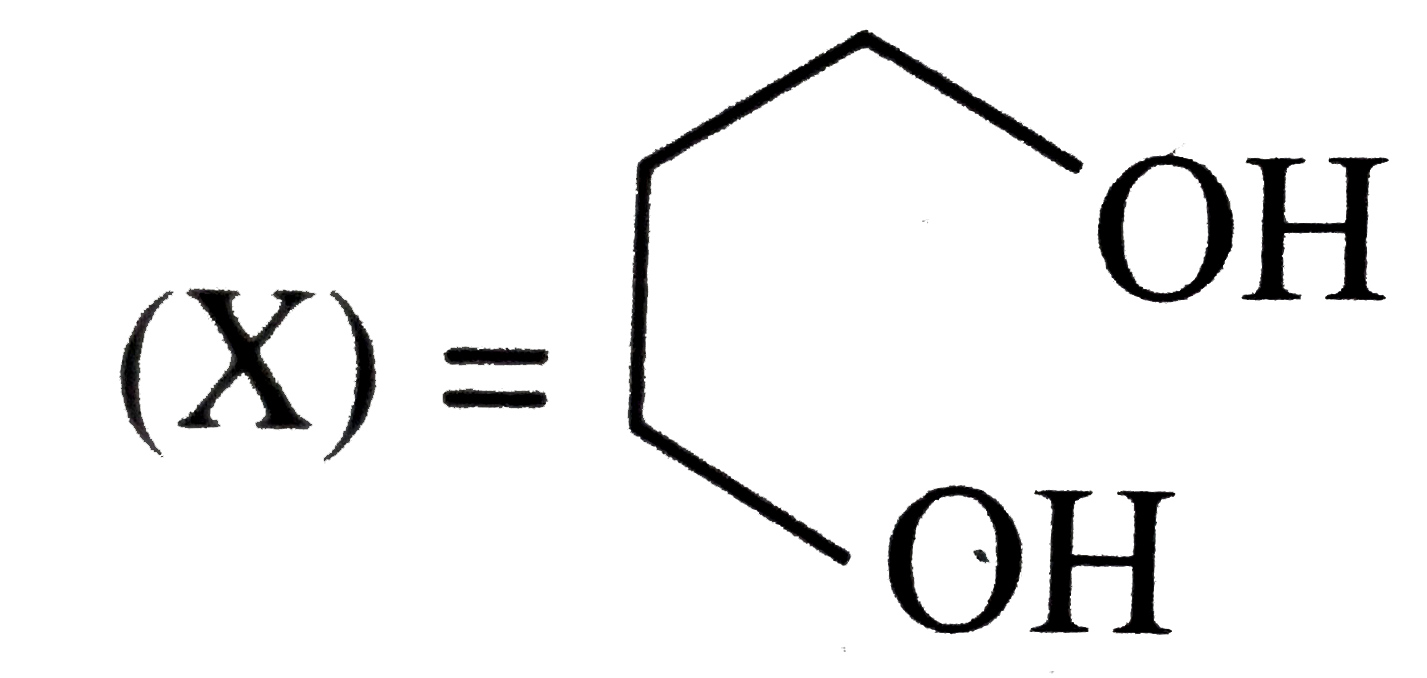 (Y) `= NaOH,(Z)= LAH//H_(3)O^(+)`, ether Select the correct order in sequence in order to get the final product (E ). View Solution
(Y) `= NaOH,(Z)= LAH//H_(3)O^(+)`, ether Select the correct order in sequence in order to get the final product (E ). View SolutionThe final product (E ) in the following reaction is:
 04:20View Solution
04:20View SolutionWhich of the following is not the mechanism of Cannizzaro reaction ?
`2PhCHO overset(overset(Θ)(OH))rarr PhCH_(2)OH+PhCOO^(Θ)`03:40View SolutionWhich of the following is not the mechanism of Cannizzaro reaction when the concentration of base is very high ?
`2HCHO overset("High conc.")underset("of base")rarr HCOO^(Θ)+CH_(3)O^(Θ)`04:02View SolutionClemmensen's reduction will convert cyclohexanone into:
01:21View Solution`CH-=CH overset(H_(g)SO_(4))underset(H_(2)SO_(4))rarr (X) overset(LiAIH_(4))rarr (Y) overset(P_(4)//Br_(2))rarr (Z)`
In this sequence of reaction, the (Z) is:03:43View SolutionEthylidene chloride is hydrolysed with aqueous NaOH. The product formed is:
01:37View SolutionThe vapours of ethyl alcohol are passed over red hot copper at 573 K to form:
01:50View Solution`(CH_(3))_(2)CHOH overset("Mild")underset("oxidation[O]")rarr (X) overset((i)CH_(3)Mgl)underset((ii)"Hydrolysis")rarr (Y)`
In the above sequence of reaction, (Y) is:02:18View SolutionThe chemical reaction of acetaldehyde and ammonia results in:
01:58View SolutionWhich of the following ketone will not give yellow precipitate with `NaOH//I_(2)` ?
05:12View SolutionWhich is the Wacker process ?
01:50View Solution2-Propanone (acetone) can be obtained by Wacker's process starting with:
01:42View SolutionWhen diethyl cadmium `[(C_(2)H_(5))_(2)Cd]` is treated with acetyl chloride `[CH_(3)COCl]`, the main product likely to be:
02:20View SolutionThe following reaction is an example of:
`RCHOHR'+CH_(3)COCH_(3) overset("A1-tert butoxide")underset(((CH_(3))_(3) C-O)_(3)A1)rarr RCOR'+CH_(3)CHOHCH_(3)`03:44View SolutionWhich of the following reagents can give Urotropine, which is used as an antiseptic for urinary track infection ?
02:05View SolutionThe reaction between carbonyl compound and `alpha`-bromoesters in the presence of metal Zn to give `beta`-hydroxy ester is known as:
02:47View SolutionName the following reaction.
`C_(6)H_(5)-C-=N overset(SnCl_(2)+HCl)rarr C_(6)H_(5)-CH=N^(o+)H_(2)]Cl^(Θ) overset(H_(2)O)rarr C_(6)H_(5)CHO+NH_(3)`02:22View SolutionName the following reaction.
`PhCHO+CH_(2)(COOEt)_(2)overset((i) "Pyridine")underset({:((ii)H_(2)O),((iii) Delta","-CO_(2)):})toPh-CH-=CHCOOH`04:27View SolutionA compound has molecular formula `C_(6)H_(12)O`. It does not reduce Tollens or Fehling's reagent, but gives a crystalline derivative with 2,4-dinitro-phenyl hydrazine. With alkali and `I_(2)`, it gives yellow solid with a medicinal odour. Clemmensen reduction converts it to 2-methylpentane. The structure formula of the compound is most likely to be:
07:11View SolutionA substance `C_(5)H_(10)O` does not reduce Fehling's solution, forms a phenylhdrazone, shows the haloform reaction, and can be converted into n-pentane by strong reduction. The structure formula of the original substance is:
03:55View SolutionBenedict's solution and Fehling's solution are similar in all of the following except:
03:18View SolutionOn treatment of acetone with dilute `Ba(OH)_(2)`, the product formed is:
03:23View SolutionFormalin is:
01:37View SolutionWhich of the following is paraldehyde ?
01:57View SolutionThe product formed by the reaction of acetaldehyde with excess of ethanol in the presence of sulphuric acid is:
04:00View SolutionWhich of the following will not formed when calcium formate is distilled with calcium acetate?
04:19View SolutionCyclohexanone is subjected to reduction by `NaBH_(4)`. The product formed is:
01:12View Solution`C_(6)H_(5)-CH=CHCHO overset((X))rarr C_(6)H_(5)=CHCH_(2)OH`
In the above sequence (X) can be:02:57View SolutionWhen actaldehyde is treated with hydroxylamine, the medium should be:
04:13View SolutionIn order to prepare acetone from acetyl chloride in one step, which of the following reagents will be best ?
01:31View SolutionWhich of the following will not reduce Fehiling's solution ?
02:51View SolutionWhich of the following reagents can help in separating a mixture of acetone and `C CI_(4)` ?
03:12View Solution
Exercises Single Correct questions and complete solutions for chapter ALIPHATIC AND AROMATIC ALDEHYDES AND KETONES of CENGAGE CHEMISTRY (ENGLISH) of Class 12
All Exercises from CENGAGE CHEMISTRY Class 12 CHEMISTRY ALIPHATIC AND AROMATIC ALDEHYDES AND KETONES
- Archives Fill In Theblanks
- Archives Linked Comprehension
- Archives Multiple Correct
- Archives Objective
- Archives Subjective
- Archives True And False
- Exercises Assertion-Reasoning
- Exercises Concept Application
- Exercises Linked Comprehension
- Exercises Multiple Correct
- Exercises Single Correct
- Exercises Subjective
- Illustration
- Solved Examples
